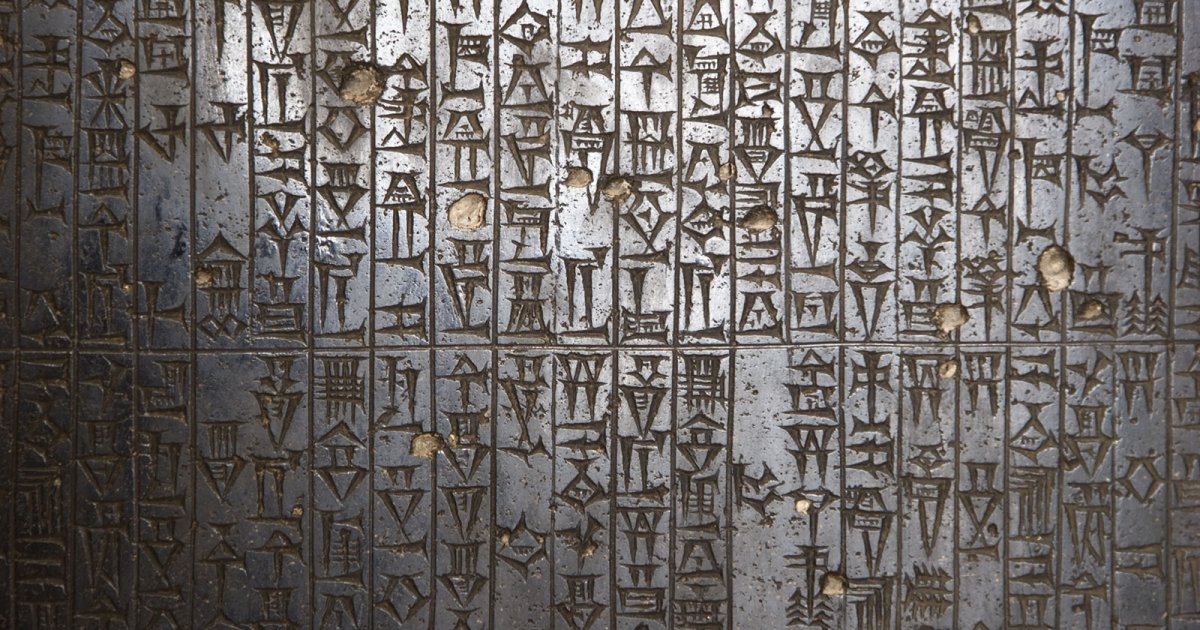LOUVRE MUSEUM, Hammurabi Stele Richelieu Wing Hall 3
 Language: English / USA
Language: English / USA
You are in front of one of the most exciting works in the Louvre, the stele on which the so-called Code of Hammurabi - the earliest collection of written laws in the history of man - is engraved.
Recovered at the beginning of the 20th century in Susa, in present-day Iran, the stele is a large block of basalt over two meters high. It was engraved in Babylon, in what is now Iraq, around 1760 BC, and was returned to the Iranian city about 3,000 years later as the spoils of war. Basalt is an extremely hard volcanic rock that's difficult to work, so the accuracy with which the legal code is engraved is even more staggering.
In addition to transforming Babylon into a rich and famous capital for the whole of Mesopotamia, Hammurabi was the first sovereign who decided to convert rules formerly passed on through the oral tradition into an actual code of laws.
The stele is in two parts: in the upper part you can see two figures in relief, and in the lower part the text of the laws. The upright figure on the left is Hammurabi himself, symbolically receiving the laws from the sun god Shamash, the patron of Justice, recognizable by the flames behind him. As you can see, the two figures are portrayed in a rigid, square fashion, very "unnatural" and typical of Babylonian art which aimed at portraying scenes and characters that were easy to recognize, with little concern to make them lifelike.
The text you see on the lower part is in cuneiform characters, drawn in a very elegant hand, and contains 282 laws subdivided into articles. The content covers various areas of human coexistence and different categories of offenses. The norm governing the majority of the laws is the so-called law of retaliation, in other words the right to inflict damage in equal measure on those who intentionally harm you. In short, "an eye for an eye and a tooth for a tooth!"
Equality of the punishment only affected people of the same social level. If a nobleman's son was killed by another person of the same rank, he could avenge himself by killing the perpetrator's son in return. If the person killed was a slave, the murderer got away with a fine.
FUN FACT: in the Code of Hammurabi, the so-called law of retaliation was also valid for the law concerning wine; dishonest wine merchants were actually punished by being drowned in a river. Basically, those who added water to wine died in the water!



